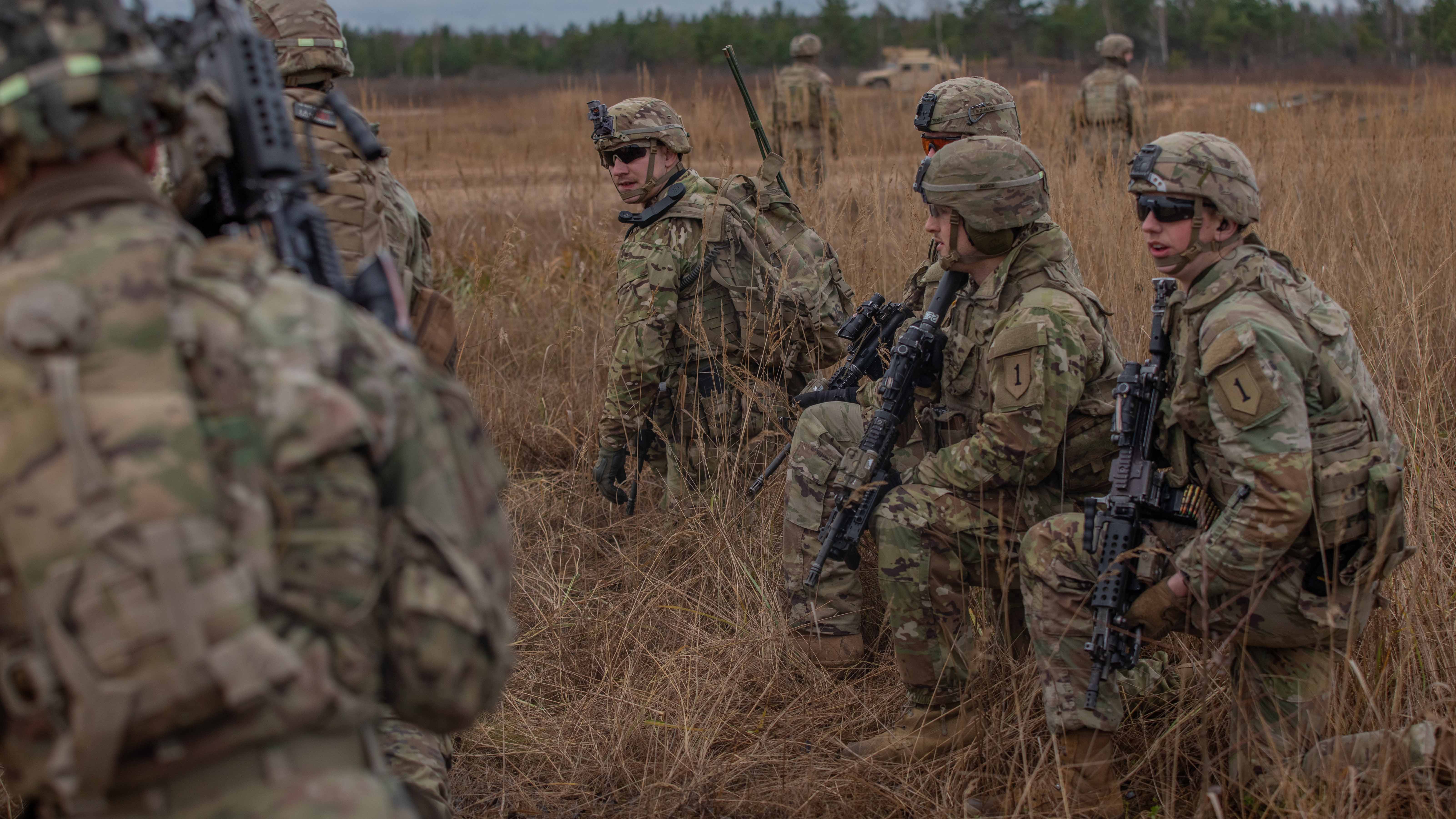Extra US Troops Staying in Europe for Now
Extra US Troops Staying in Europe for Now

Every day, around the world, the Army is playing a key role in deterring America’s adversaries and building strong relationships with partner armies, the service’s top civilian leader said.
“The Army is campaigning out in the world every single day,” Army Secretary Christine Wormuth said, referring to one of the primary lines of effort in the National Defense Strategy.
From supporting Ukraine and NATO allies in Eastern Europe to training with partner armies in the Indo-Pacific, the Army is investing time, manpower and resources to make sure it’s ready to face evolving and growing challenges around the world, Wormuth said.
Speaking May 31 at an event hosted by the Atlantic Council, Wormuth highlighted, as an example, the Army’s yearslong investment in the European Deterrence Initiative, which allowed an armored brigade combat team to deploy from the U.S. to Europe and draw on pre-positioned stocks in the region in about a week.
The Army also just wrapped up its Defender Europe 2022 exercise, which spanned nine countries and included more than 3,400 U.S. troops and about 5,100 troops from 11 allied and partner nations, she said.
In the Indo-Pacific, the Army is focused on Operation Pathways, a series of seven major exercises in the region in countries such as Thailand, Malaysia, the Philippines and Indonesia.
“We are also in the Middle East, in Africa, in Latin America, and we also have our Army Special Forces who are working all around the world,” Wormuth said.
The Army is busy around the world, but it’s a “tremendous” force that can “walk and chew gum at the same time,” Wormuth added. This ability has been put into practice as the Army deployed thousands of soldiers to Europe to support NATO allies after Russia invaded Ukraine in February.
That enhanced presence—up to 48,000 American soldiers—likely will remain in place for a while, as the Army prepares to replace the currently deployed units, many of whom were sent overseas with little to no notice, with other units, Wormuth said.
As the Army maintains its support for Ukrainian forces, it continues to monitor the war “every single day, in real time,” for lessons it can learn, Wormuth said.
To start, “if you look at the Russian military’s failures, it underscores the importance of leadership, training and discipline,” she said.
Another key lesson is “logistics, logistics, logistics,” she said. “Everything we’re seeing now underscores that,” she said. “You can be the best equipped military in the world, but if you can’t sustain your forces, it doesn’t matter.”
Logistics are a strength for the U.S. Army, but it must continue to focus on those skills and capabilities, particularly as it prepares for the vast distances in the Indo-Pacific, Wormuth said.
Secure communications are also critical on the battlefield, she said. “When soldiers use unencrypted communications, that makes them targetable,” she said. “We’re going to have to think about that. We’re going to have to look at how do we reduce our signatures on the battlefield as much as possible, because the battlefield of the future will be a lot more transparent.”
The growing threat posed by drones and other unmanned systems is another challenge for the Army, not just overseas but “here at home as well,” Wormuth said.
Ultimately, Wormuth said, the goal is to avoid war—whether it’s deterring any Chinese action on Taiwan or preventing the war in Ukraine from escalating to a point “where the war spills over” or leads to the use of chemical weapons or worse, she said.

